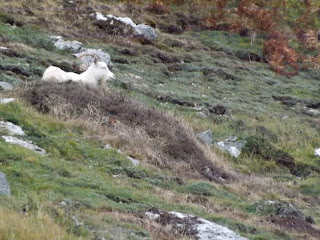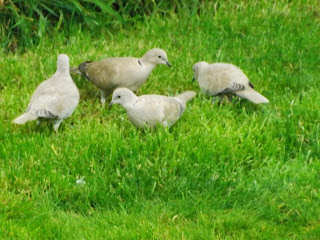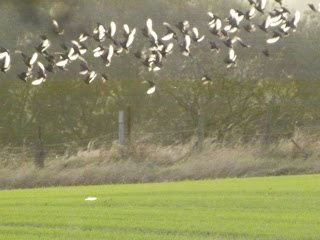On my most recent trip to Marbury I spent alot of time looking at the birds feet.
A bird has toes for various reasons for example woodpeckers have two toes pointing foreward and two pointing back for climbing and grasping, however passerines such as this Blue Tits have three toes pointing foreward and one pointing back.
Most birds that you would normally find on a nut feeder have curved, hooked toes for hanging and clinging to and from things, such as this Great Tit trying to get a nut.
Small birds like Great Tits like to have particular spaces on feeders so a Great Tit spreads it's feathers out so other birds can't take their space. I saw alot of the Great Tits doing this at Marbury.
Birds are ringed on their feet and as you can see this Robin has been ringed. Birds need particular sizes so that the bird isn't hurt when flying- for example a Robin needs a size A- 2.3mm diameter.
After watching all these feet, we wandered back to the car an enjoyed some other wildlife. The Heron was wading out in the water so I could get a good shot.
A pair of Grey Squirrels were asleep together on a holly tree branch in the sun.
It's been great being off school today as I have been able to watch the BBC Autumn Watch 24hr cameras all day. If you haven't had a look yet it's on Freeview channel 301.
Mushroom Rings
I did a bit of research on mushroom rings (following on from my last blog). It is quite hard to explain all the science about why the fungi dies off, but here is my understanding. The fungi starts in one place and as it dies off it spreads further out. As time goes on the fungi spread further and further out and that's what makes the ring. It also explains why the outside edge of the circle looked healthier than the inside. So it was nothing to do with the light.



















































